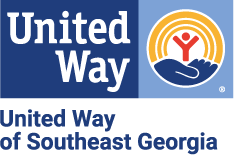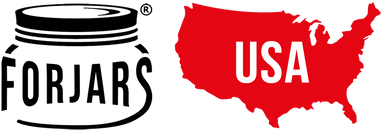
Protecting Pollinators and Wildlife Through Sustainable Flowers
Share
If you've been following us on social media- Instagram, Facebook, or Pinterest-then you already know how much we adore nature — our creators beautiful blooms and all of his creatures. The meafows are more than just a place to grow flowers; they're a sanctuary for pollinators, a celebration of life, and a reflection of our deep love for the world around us. Every petal, every buzzing bee, and every fluttering butterfly is a reminder of the incredible beauty and balance found in creation, and we're honored to play a small part in preserving it.
Flowers bring joy, beauty, and meaning to our lives, but what if the way they’re grown is quietly harming the very creatures that help them thrive? Behind the scenes, the heavy use of pesticides, habitat loss, and the environmental cost of imported blooms are taking a toll on bees, butterflies, birds, and even aquatic life.
Whether you are just starting your own garden or prefer to buy your blooms, consider omitting harmful chemicals. We can all play a small part in protecting our pollinators and wildlife that make our plants come alive.
The Pollinators We Can’t Live Without
Bees buzzing from bloom to bloom, butterflies floating through the air, hummingbirds darting between petals—these aren’t just charming sights; they’re essential to our ecosystem. Pollinators fertilize nearly 75% of the world's flowering plants, including many of the foods we eat. But conventional flower farming is making it harder for them to survive.
- Bees in Trouble: Honeybee colonies are shrinking, and native bees like the rusty-patched bumblebee are now endangered. Many pesticides used in large-scale flower farming interfere with their ability to navigate, reproduce, and find food.
- Butterflies on the Brink: Monarch butterfly populations have dropped by more than 80% in the last few decades, largely due to habitat destruction and herbicide use that wipes out milkweed—their main food source.
- Hummingbirds Struggling: These tiny, energetic birds rely on nectar from a variety of blooms, but when landscapes are filled with pesticide-treated flowers, their food sources become limited.
A Chain Reaction in Nature
When pollinators struggle, the effects ripple outward.
- Fewer Birds and Beneficial Insects: Many insect-eating birds—like swallows and flycatchers—are declining because the bugs they depend on are disappearing. Even bats, which help pollinate flowers and control pests, are affected by pesticide exposure.
- Harm to Waterways and Aquatic Life: Pesticides and fertilizers don’t just stay in the soil. They wash into streams, harming frogs, fish, and other aquatic species. Amphibians, which are especially sensitive to pollution, are seeing alarming population declines.
The Hidden Cost of Imported Flowers
Most store-bought flowers aren’t grown close to home. Instead, they travel thousands of miles from farms in South America, Africa, and beyond. While they may arrive looking fresh, their journey often comes at a high environmental price.
- Loss of Natural Habitats: In some countries, forests and wildlands are cleared to make way for large-scale flower farms, leaving native species with nowhere to go.
- A Bigger Carbon Footprint: Flowers flown across the world require refrigeration, transportation, and packaging.
A Better Way to Bloom
The good news? There’s many ways to enjoy beautiful flowers without harming the creatures that need them the most. Sustainable, locally grown flowers can help reverse these trends, providing safe havens for pollinators and reducing environmental impact.
- Chemical-Free Blooms: By avoiding synthetic pesticides, we keep flowers safe for pollinators, people, and pets.
- Pollinator-Friendly Growing Spaces: Our meadows are full of diverse blooms, giving bees, butterflies, and birds a place to thrive.
- Locally Grown, Naturally Fresher: Choosing local flowers means supporting growers who prioritize soil health, biodiversity, and ethical practices—all while reducing the need for long-haul shipping.
At Blessings Grow Meadows, we believe flowers should bring beauty to more than just our vases—they should support life in every way possible. Every flower we grow is a small step toward a healthier, more vibrant world, where pollinators can thrive and nature can flourish.
So the next time you bring home a bouquet or fresh produce, consider where it came from. While perfection that the bees keep buzzing, the butterflies keep fluttering, and the world keeps blooming.






























































